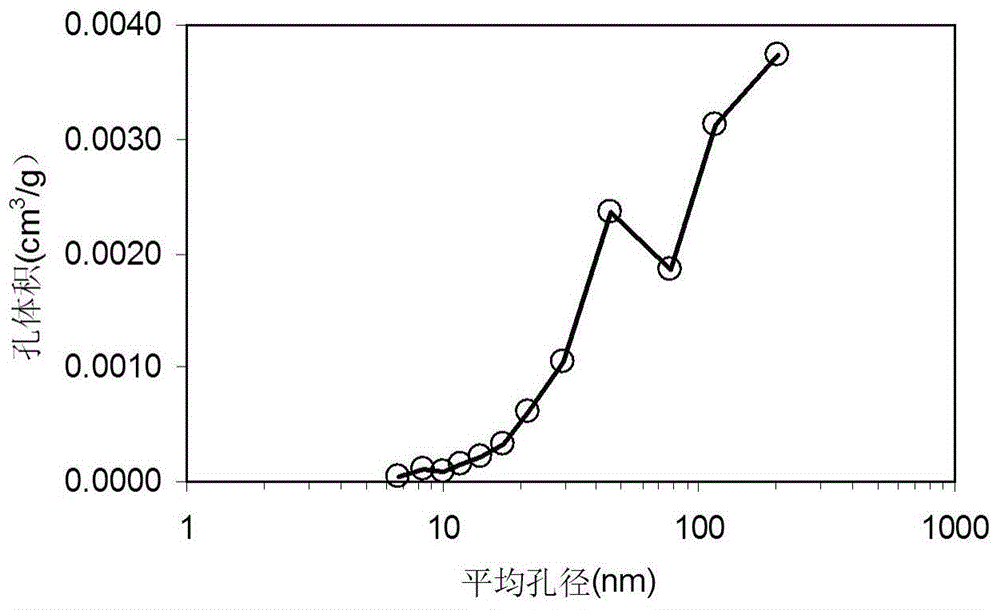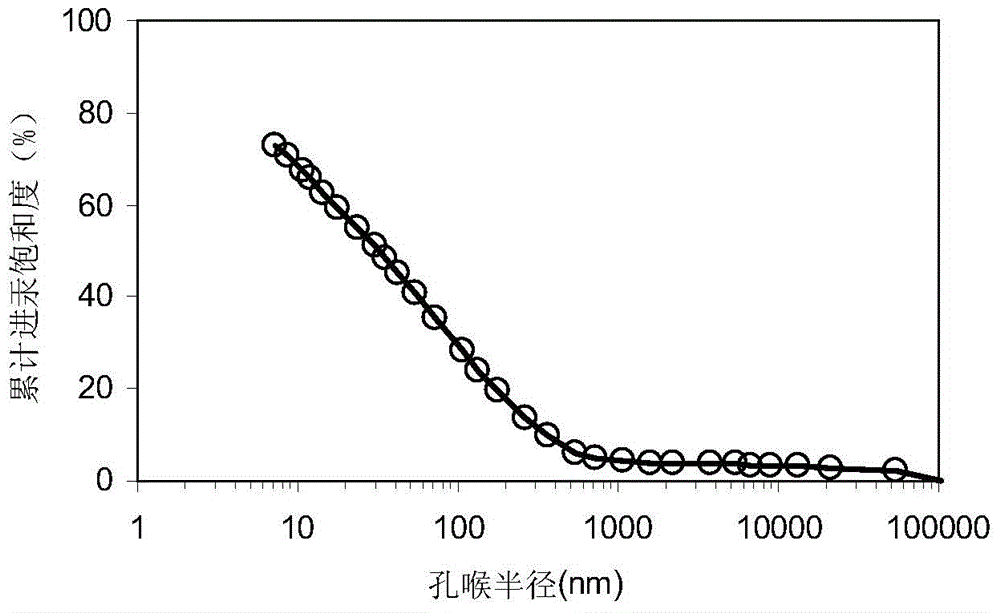Calibration method for representing dense sandstone pore size distribution by adopting nuclear magnetic resonance
A technology of tight sandstone and nuclear magnetic resonance, applied in the direction of permeability/surface area analysis, suspension and porous material analysis, measurement devices, etc., can solve the problem of low pore precision, large calibration coefficient error, and difficulty in fully reflecting the heterogeneity of tight reservoirs. qualitative and other issues to achieve the effect of broadening applications and improving reliability
- Summary
- Abstract
- Description
- Claims
- Application Information
AI Technical Summary
Problems solved by technology
Method used
Image
Examples
Embodiment Construction
[0034] The present invention will be further described in conjunction with accompanying drawing:
[0035] This example is an experiment carried out in the tight sandy conglomerate reservoir of the Shahezi Formation in the Xujiaweizi fault depression of the Songliao Basin:
[0036] 1. Test background introduction:
[0037]The Xujiaweizi fault depression is a low-angle single-faulted dustpan-shaped fault depression deep in the northern part of the Songliao Basin, which spreads nearly north-northwest. The fault depression is located in the eastern sag area of the Songliao Basin, and can be further divided into four secondary structural units, which are Xuxi faulted depression, Shengping faulted depression, Yuxi faulted depression and Xudong slope from west to east. The fault-depressed strata in the Xujiaweizi area mainly include the Huoshiling Formation, Shahezi Formation, and Yingcheng Formation of the Lower Cretaceous. Under the background of semi-deep lake, sedimentary sys...
PUM
 Login to View More
Login to View More Abstract
Description
Claims
Application Information
 Login to View More
Login to View More - R&D
- Intellectual Property
- Life Sciences
- Materials
- Tech Scout
- Unparalleled Data Quality
- Higher Quality Content
- 60% Fewer Hallucinations
Browse by: Latest US Patents, China's latest patents, Technical Efficacy Thesaurus, Application Domain, Technology Topic, Popular Technical Reports.
© 2025 PatSnap. All rights reserved.Legal|Privacy policy|Modern Slavery Act Transparency Statement|Sitemap|About US| Contact US: help@patsnap.com



